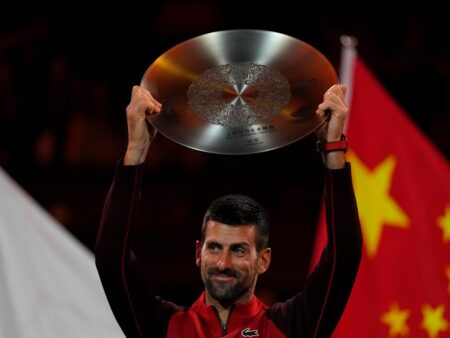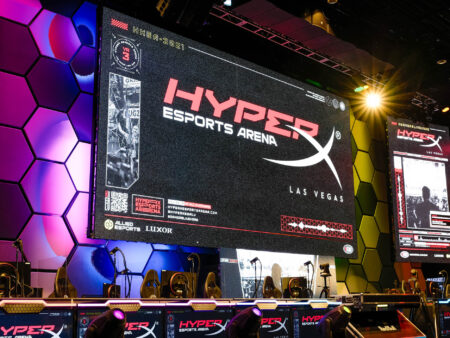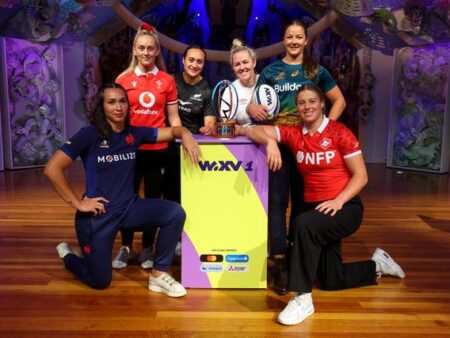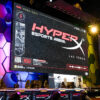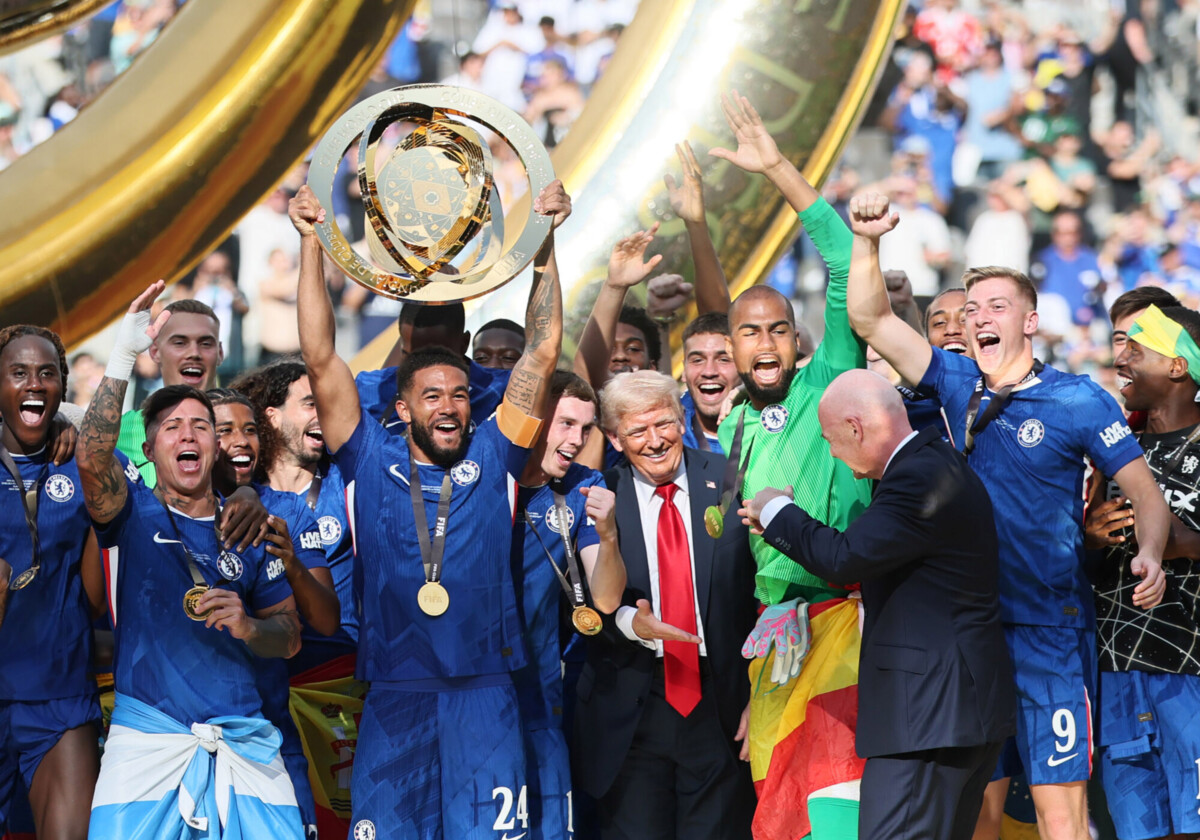
The final whistle blew on the first-ever expanded 32-team FIFA Club World Cup hosted in the United States, concluding what was billed as a significant moment for global club football. Yet, as the confetti settled at MetLife Stadium after Chelsea`s victory over Paris Saint-Germain, the tournament left behind a complex legacy – a mix of compelling on-field action overshadowed by notable organizational challenges. It served as both a promising showcase for non-European talent and, perhaps more critically, a flawed dry run for the immense undertaking of the 2026 World Cup.
FIFA`s stated aim was to create a competition of true sporting merit, challenging the predictable dominance of European clubs. On this front, the tournament delivered glimmers of success. South American teams, particularly the Brazilian contingent, performed admirably, demonstrating that the gap isn`t always as vast as perceived. Their progress, including Fluminense`s run to the semi-finals, provided upsets and competitive narratives that genuinely engaged viewers. Manchester City`s early exit to Al-Hilal further underscored that surprises were possible. For many clubs outside Europe, the significant prize money acted as a powerful motivator, encouraging a seriousness that even surprised FIFA officials like Arsene Wenger, who noted the high motivation levels among teams.
However, the operational side presented a starkly different picture. The choice of large NFL stadiums frequently resulted in vast expanses of empty seats, particularly during group stage matches involving less globally renowned teams. While some argued this was due to unfamiliar names, the atmosphere suffered, leading to questions about whether smaller, soccer-specific venues would have been a better fit. This attendance issue served as a reminder that the unique draw of the national team World Cup is not easily replicated, even with a new club format.
Compounding the logistical woes were the environmental conditions. Players were forced to compete in extreme summer heat, reporting dizziness and describing the temperatures as “dangerous.” Heat waves and weather delays disrupted games and visibly impacted performance, especially high-speed running. While FIFA acknowledged the issue, with officials like Wenger pointing to future solutions like covered stadiums for 2026, the immediate player welfare concerns during this tournament were hard to ignore. It highlighted a critical need for innovation and proactive measures in managing events under challenging climates.
Pitch quality also became a recurring complaint. Despite efforts to install consistent, specially grown turf across venues, players described surfaces ranging from “dry” and “slow” to exhibiting an unpredictable bounce. Given that similar processes are planned for the 2026 World Cup venues, the mixed feedback from the Club World Cup serves as a crucial warning and places significant pressure on groundskeepers to ensure world-class playing surfaces for the main event.
Beyond the core mechanics of hosting, the tournament also indulged in spectacle, sometimes bordering on the bizarre. Halftime shows were staged in the upper tiers of stadiums, ostensibly to protect the very pitches players were complaining about. The integration of political figures, culminating in surreal scenes during the trophy presentation, added layers of awkwardness that detracted from the sporting achievement. These moments, arguably more memorable than many of the matches themselves, underscored a tournament navigating an identity crisis – striving for global prestige while grappling with practical shortcomings and curious diversions.
Ultimately, the expanded Club World Cup offered valuable lessons, albeit through a somewhat chaotic trial-and-error process. It confirmed the potential for competitive matches between clubs from different continents and allowed host cities to test some logistical elements like transport and security. But the prevailing issues of attendance, player welfare in extreme heat, and pitch consistency cannot be dismissed. FIFA`s optimistic pronouncements of unqualified success felt premature given the palpable struggles. While the prize money undoubtedly mattered to participating clubs, and some organizational insights were gained for 2026, whether this inaugural expanded edition truly solidified its place as a major, respected competitive event remains uncertain. For now, it stands as a reminder that even ambitious visions require meticulous execution, especially with the world watching and the much larger stage of the 2026 World Cup looming.
